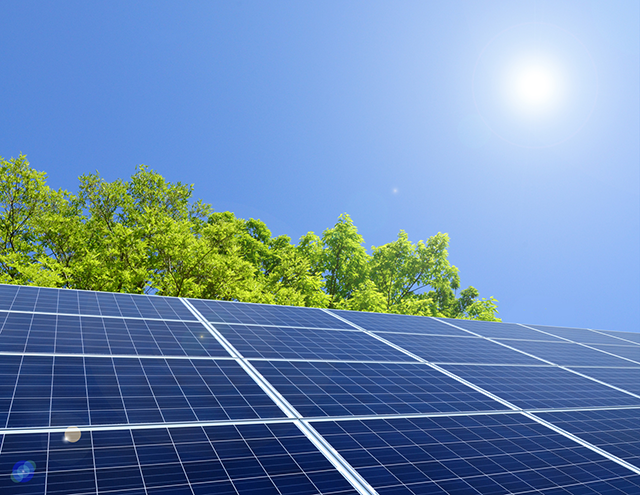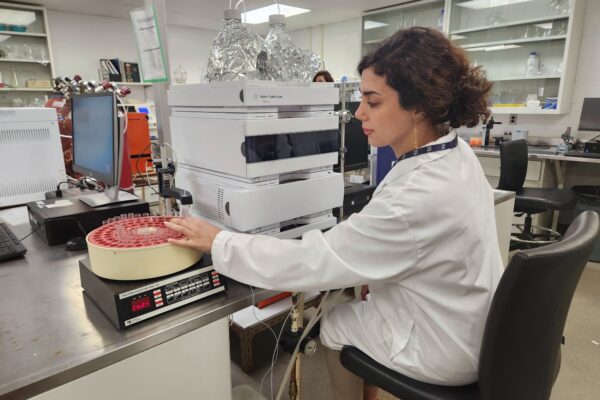- Research
-
YOU ARE
- Community member
- Future Student
- Student
- Professor
- Alumni
- Media
- Guidance counsellors
- INRS retiree
- Contact Us
- Newsroom
- Careers
- FR
-
Studies
We teach the next generation of researchers to develop scientific, social, and technological innovations.
-
Research
We find solutions through interdisciplinary research and industry or public and community partnerships.
-
INRS
We play an active role in Québec's economic, social, and cultural development.
A composite thin film made of two different inorganic oxide materials significantly improves the performance of solar cells, as recently demonstrated by a joint team of researchers led by Professor Federico Rosei at the Institut national de la recherche scientifique (INRS), and Dr. Riad Nechache from École de technologie supérieure (ÉTS), both in the Montreal Area (Canada).

Following an original device concept, Mr. Joyprokash Chakrabartty, the researchers have developed this new composite thin film material which combines two different crystal phases comprising the atomic elements bismuth, manganese, and oxygen. The combination of phases with two different compositions optimizes this material’s ability to absorb solar radiation and transform it into electricity. The results are highly promising for the development of future solar technologies, and also potentially useful in other optoelectronic devices. The results of this research are discussed in an article published in Nature Photonics by researchers and lead author Mr. Joyprokash Chakrabartty.
The key discovery consists in the observation that the composite thin film—barely 110 nanometres thick—absorbs a broader portion of the solar spectrum compared to the wavelengths absorbed in the thin films made of the two individual materials. The interfaces between the two different phases within the composite film play a crucial role in converting more sunlight into electricity. This is a surprising, novel phenomenon in the field of inorganic perovskite oxide-based solar cells. The composite material leads to a power conversion efficiency of up to 4.2%, which is a record value for this class of materials.
About this publication
The findings are described in the article “Improved photovoltaic performance from inorganic perovskite oxide thin films with mixed crystal phases”, published in Nature Photonics (DOI: 10.1038/s41566-018-0137-0).
The research was commonly conducted at INRS (Énergie Matériaux Télécommunications Research Centre in Varennes, near Montreal) by Professor Federico Rosei’s team of researchers made up of Joyprokash Chakrabartty (Chittagong University of Engineering and Technology, Bangladesh), Catalin Harnagea, Mert Celikin (University College Dublin), and at at ÉTS by Dr. Riad Nechache. The project was funded by the Canada Foundation for Innovation, Natural Sciences and Engineering Research Council of Canada, the Canada Research Chairs Program, Chang Jiang Chair (China), and a 1000 Talent Award from Sichuan province (China).

Énergies vertes : de l’innovation et à la transition
You may also like

April 9, 2018
Canadian Irradiation Centre (CIC)Share


